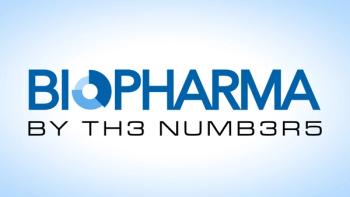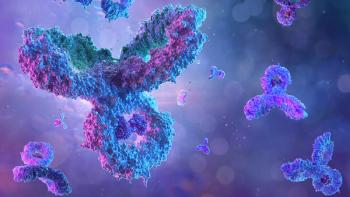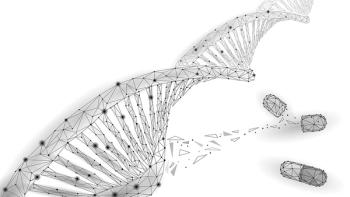- Next-Generation Biotherapeutics eBook April 2025
- Volume 38
- Issue 2
- Pages: 14–16
tRNA: Little Cousin, Big Potential
Transfer RNA is being investigated as a treatment for as many as 400 rare and ultra-rare diseases affecting the liver.
Messenger RNA (mRNA) had its moment in the early part of the 2020s, becoming a worldwide buzzword due to its deployment in some of the first widely available COVID-19 vaccines. A closely related molecule is now, at least one company hopes, taking center stage to help fight a different family of diseases.
Alltrna, a biotechnology company headquartered in Cambridge, Mass., has developed a platform to harness the power of transfer RNA (tRNA), a “little cousin” of messenger RNA, designed to use the molecules’ sophisticated biology to create programmable medicines intended to accelerate and scale the creation of new genetic therapies.
According to Alltrna, unlike other genetic medicines, engineered tRNAs have the power to correct shared genetic mutations and restore protein production that has been disrupted, giving tRNAs the potential to play a unique role in the treatment of genetic diseases (1,2).
Sandra Visser, PhD, is senior vice president and head of therapeutics development at Alltrna, joining the company in late 2024 after having worked for major pharmaceutical companies in capacities from early-stage discovery to lifecycle management across multiple therapeutic areas and modalities. She spoke with BioPharm International® about Alltrna’s tRNA platform, which she believes is an advantageous opportunity for patients, but also something the scientific world at large will want to watch.
Defining and leveraging tRNA
BioPharm: Can you tell us more about tRNA. What is it and why can it be considered the ‘little cousin’ of mRNA?
Visser (Alltrna): tRNA is a unique component in the protein translation machinery. The whole body creates a lot of different proteins, in every cell, and tRNA is the one that translates the messenger RNA into a protein by inserting the correct amino acid. Genes encode proteins, and the mRNA serves as the transcript. The tRNA binds to an mRNA codon—which specifies an amino acid—and inserts that amino acid into the growing peptide chain. The Alltrna founders had seen so much progress in the mRNA and siRNA [small interfering RNA] therapeutic modalities, and recognized tRNA had unique properties. That led them [to] asking the question: could tRNA itself become a therapeutic
BioPharm: How are you leveraging it to create a new modality in RNA-based therapeutics?
Visser (Alltrna): tRNA as a therapeutic is a novel concept—nobody has done this before, bringing tRNA into the clinical setting, and it really could allow for a disease-agnostic approach, because its action is not specific to one gene or one disease. A tRNA therapeutic can be engineered to fix specific mutations that affect protein translation. It’s also unique in that it’s not changing the genes or any of the coding because it’s reading a problem in protein translation and allows the translation machinery to overcome it in a reversible way. tRNAs are not changing the genetics or introducing genes. It’s a reversible approach that can be applied, can be titrated, to leading to exactly what you need to have.
Read the
About the author
Patrick Lavery is an editor for BioPharm International®.
Article details
BioPharm International®
Next-Generation Biotherapeutics eBook
April 2025
Pages: 14–16
Citation
When referring to this article, please cite it as Lavery, P. tRNA: Little Cousin, Big Potential. BioPharm International Next-Generation Biotherapeutics eBook, 2025 April.
Articles in this issue
Newsletter
Stay at the forefront of biopharmaceutical innovation—subscribe to BioPharm International for expert insights on drug development, manufacturing, compliance, and more.






